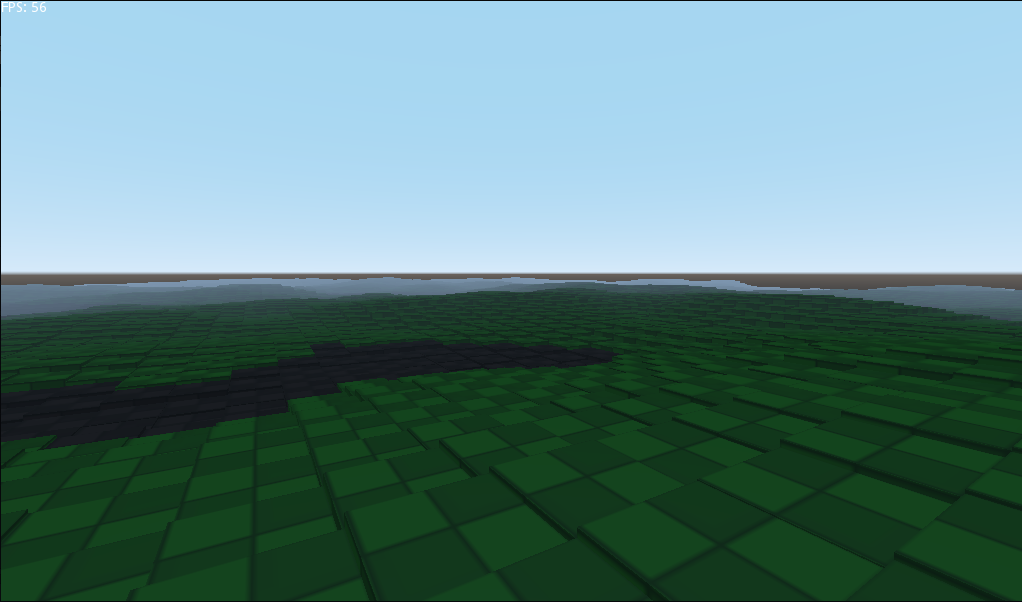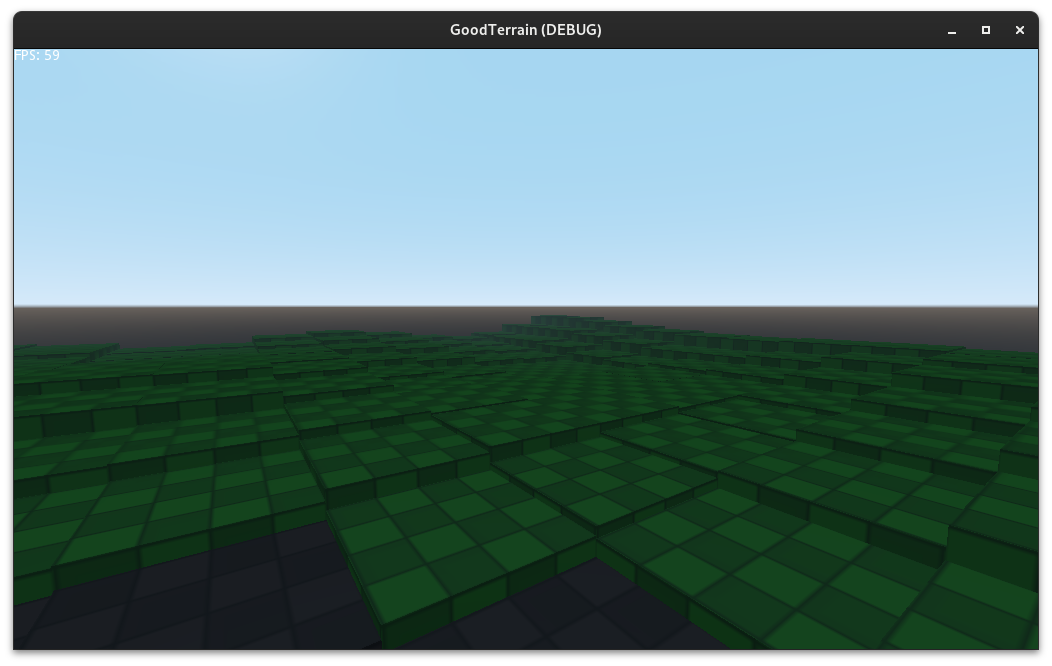- 6 Posts
- 11 Comments

 111·5 months ago
111·5 months agoIn today’s news, Microsoft commits treason against the United States Government.
!remindme 6 months
I wonder what the outcome will be.
I am having thoughts that I wonder if others may agree with. What if with the use of this tool on most linux newbie systems, the background processes of clamav scanning causes slowdown on their computers causing doubt in their try of Linux?
“ClamAV is a free and open-source antivirus software and a cross-platform antivirus toolkit. Its primary purpose is to detect various kinds of malicious software, i.e. viruses, worms, trojans, rootkits, and many other forms of possible threats to your system.”
As ClamAV only offers a command line interface to its features, I elected to make a pretty UI to give less technical end users an easy way to manage this antivirus backend.
I am not too sure about Godot UI tools in relation to python GTK UI tools. Godot may provide an easier environment to create software applications. I hope we see more of this use! I also hope there are no issues with security or concerns I should be aware of.
I do not find it very useful to myself as we all know that “common sense is the best antivirus”, but I was a bit upset how run down the front end applications for it have been.
It’s the best I know 😆

 13·5 months ago
13·5 months agoLinux Mint. She opens Firefox to check her emails and work panel. Only complaint is that it is my old giant laptop that I let her have. I will give her a different one soon.

 3·8 months ago
3·8 months agoI wouldn’t have gotten here without doing almost all of the previous steps. I even learned a lot about Godot and other libraries.
To solve this issue, go to
PROJECT SETTINGS -> NETWORK -> LIMITS -> Max In Buffer (KB) & Max Out Buffer (KB) to a generous 1024 AND (I think) set Max Buffer (Power of 2) to a whopping 256.

 3·8 months ago
3·8 months agoUPDATE
I posted this before testing out an older version of godot and it seems to work just great! But as in the github issue, that is because of changes with how the protocols worked and what headers are sent!
Here is the code for use in Godot 3.1.1:
extends Node var _client = WebSocketClient.new() func _ready(): print("connecting...") _client.connect("connection_closed", self, "ws_closed") _client.connect("connection_error", self, "ws_connection_error") _client.connect("connection_established", self, "ws_connection_established") _client.connect("server_close_request", self, "ws_close_request") _client.connect_to_url("wss://ws.revolt.chat/?version=1&format=json&token={token}") func ws_closed(clean): if !clean: print("websocket closed") else: print("websocket closed cleanly") func ws_connection_error(): print("websocket connection failed") func ws_connection_established(protocol): print("we're connected using protocol: ", protocol) func ws_close_request(code, reason): print("closed with code: ", code, " and reason: ", reason) func _process(delta): if _client.get_connection_status() == WebSocketClient.CONNECTION_DISCONNECTED: return print(_client.get_peer(1).get_packet().get_string_from_utf8()) _client.poll()
UPDATES
For this new chunking, each chunk gets a spatial for each of its terrain texture multimeshes. It is also functioning properly now. It simply counts up to the amount of necessary chunk_size points then starts a new chunk.
A chunking system that is actually good | better chunks 2b091f189e

Each texture now has its own multimesh | terrain is now textured + generate texturedata d03de637eb

Quickly set the size of each terrain node/point | cleanup and point size 2bff7a7cde




If anyone is decently fluent in a popular language, the help with metadata would be greatly appreciated!
Might drop a bounty for art and assets in my revolt server. Although, the current icons bring the funny funny.